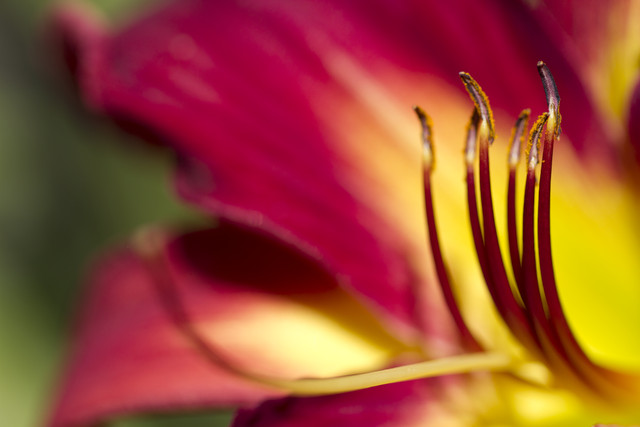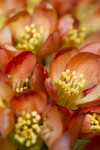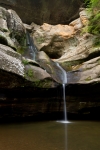Depth of Field: Day Lily
ktuli — Wed, 07/20/2011 - 18:07
Alright, as promised, here are some more flower photos.
As I was shooting these day lilies, I tried several different apertures for different looks. Then I decided I would shoot a whole series and possibly print them for a framed set. Unfortunately, I don't think they work well to be framed, but it will work nicely to explain aperture and depth of field.
First - every camera lens has an aperture. It is the opening that allows the light to pass through the lens into the camera. Opening the aperture allows more light in, closing it allows in less light. Aperture values are represented in f/# notation. That notation is actually an equation - focal length of the lens / aperture value. So, if you have an 80mm lens, and select an aperture of f/8, that means that the opening to let the light in is 10mm. Bump up to f/16, and the opening drops down to 5mm.
So how does that apply to depth of field? Well, to start, let's define depth of field... in simplest terms, it is the amount of the scene that is in clarity (not necessarily focus, but we'll leave that for another time). The amount of depth of field is directly related to the aperture. Select a lower aperture value, and you get less depth of field; select a higher aperture value, and you get more depth of field. If you think of it in those terms, it is extremely simple. f/2.8 is going to have much less depth of field than f/16.
Where some folks get confused is when they look at the aperture sizes in relation to the f/# notation. f/2.8 is a very large aperture opening, f/16 is a small opening. Remember - that is because it is an equation, so a larger denominator produces a smaller result (remember your algebra?). However, if you think about it in terms of depth of field, it is somewhat easier to keep straight. Small f/# gives a small amount of depth of field; large f/# gives a larger depth of field.
Here is a good way to understand how a larger aperture opening (small f/#) gives more depth of field than a smaller aperture opening (large f/#) - say you have a bunch of M&Ms and you want to keep track of how many of each color come through an opening. If you have a large opening (large aperture/small f/#), it will be very hard to keep track of each individual candy that comes through, so you do some guestimating. Switch to a smaller opening (smaller aperture/larger f/#) and only a few candies will come through at a time, making your count much more detailed.
The trade off? It will take a lot longer to count the same number of M&Ms with a smaller opening. The same is true of photography and apertures and shutter speed... but we'll discuss that more later.
So take a look at these shots. Mouseover each aperture, and it will show the depth of field provided by that aperture. Slide along the apertures to see the progression. Compare the aperture size with the depth of field. When you get into the higher apertures, the difference is not as drastic, but look to the green plants in the background on the left for the difference.
Make sense? I think I'll probably keep an eye out for other good examples and do this kind of explanation again some time. At the very least, I'll have to show how shutter speed factors into things.
Drop me a comment and let me know what you think of this kind of post. Was it helpful? Was it confusing? Let me know.
Thanks for stopping by.
- Bill













Post new comment